Ready to make some fall and winter crafts with hydrangeas? Start by drying some hydrangea flowers from your garden. We’ll show you how in this step-by-step guide. Be sure to scroll all the way to the end for crafting inspiration!
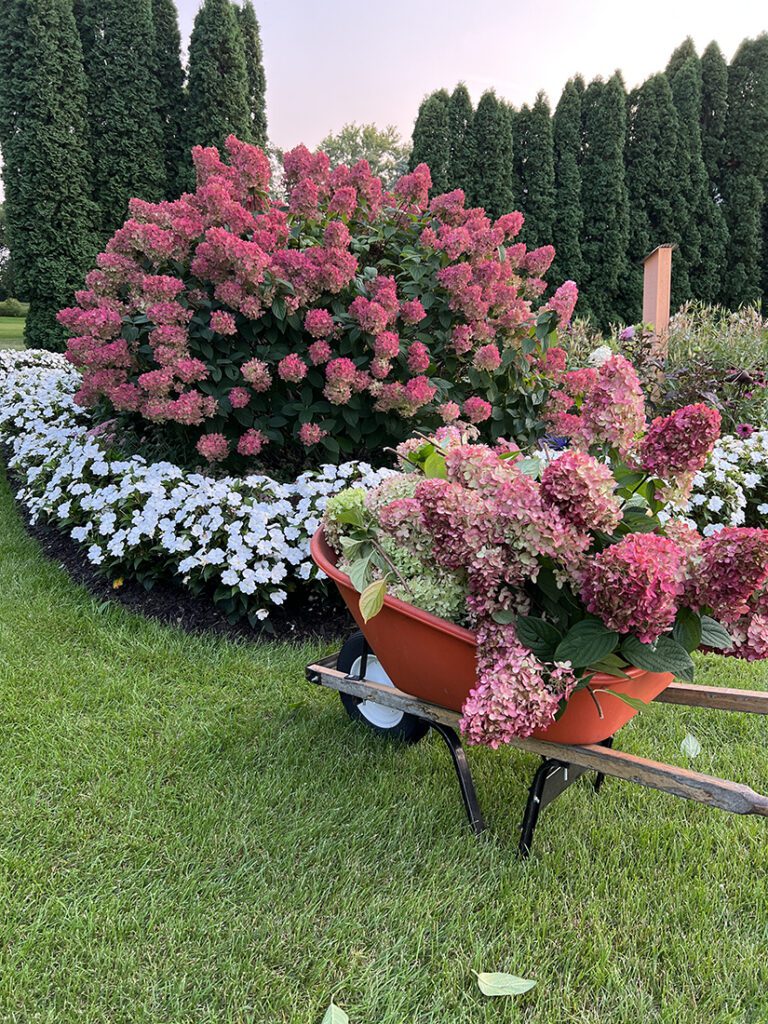
Ready to make some fall and winter crafts with hydrangeas? Start by drying some hydrangea flowers from your garden. We’ll show you how in this step-by-step guide. Be sure to scroll all the way to the end for crafting inspiration!
Late summer and fall are ideal times to cut hydrangeas from your landscape to use for drying. Any type of hydrangea will work for this purpose, but panicle and smooth hydrangeas are used most commonly because trimming them in fall won’t negatively impact next year’s blooming.
Here’s how to choose, cut and dry hydrangea flowers to enjoy in a vase or basket, or to use in craft projects like wreaths, porch pots and other arrangements.
Materials List:
- Sharp pair of pruners
- Clean bucket with a few inches of tap water in the bottom
- Tall vase (if cutting long stems) or wide bowl (if you’ll need short stems)
- Hairspray (optional – see below)
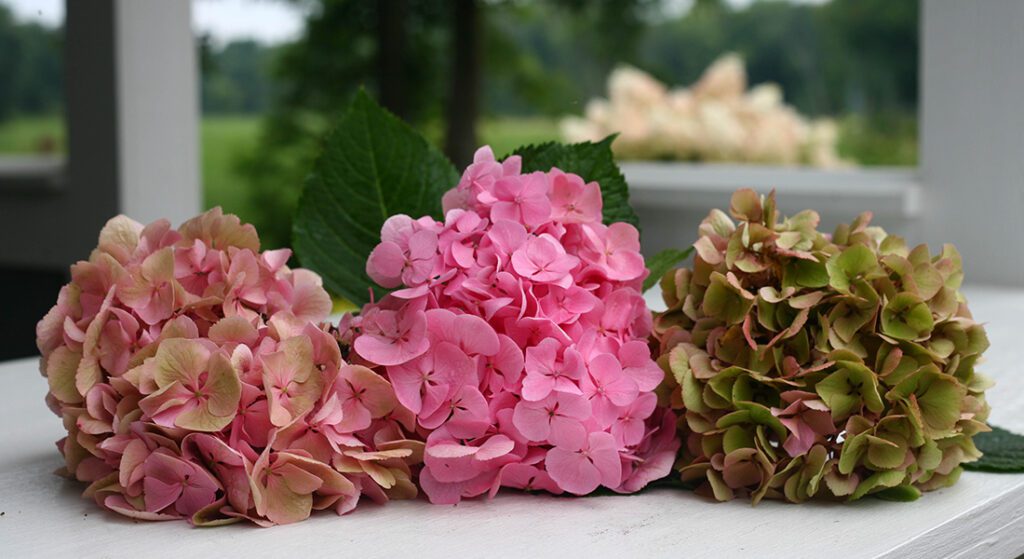
Step 1: Select the Hydrangea Blooms Carefully
Take a close look at the hydrangea plant you’ll be harvesting flowers from. The older, more mature blooms with all their florets open and a papery feel to the petals will dry the best. Freshly opened flowers will not dry well.
Hydrangeas mostly stay the same color they are cut once they dry, so consider what shade they are when you’re harvesting them. Select those that will coordinate best with your décor or craft project. For instance, Incrediball® smooth hydrangea flowers that have aged to green might be the perfect fit for making Christmas garland, while rosy pink Fire Light® panicle hydrangea flowers could be better for making a fall wreath.
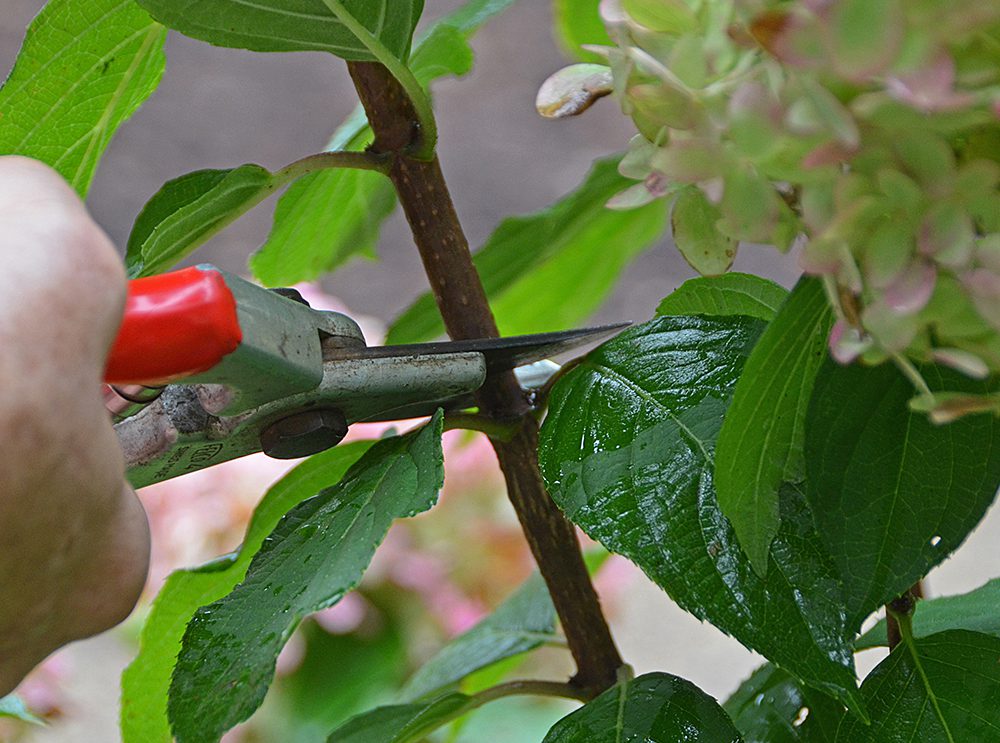
Step 2: Determine Where to Cut the Hydrangea Stem
Once you’ve decided on a flower to cut, look closely at the stem and notice how the leaves are attached to it. Each set of leaves protrudes from a node. You’ll want to make your cut directly above one of those nodes. If you cut into the node, the cut stem would have a harder time taking up water.
How long of a stem you cut depends on how you plan to use your dried hydrangea flowers. If cutting to display in a vase, you’ll need longer stems. If cutting to use for a wreath or other craft project, you can cut shorter stems.
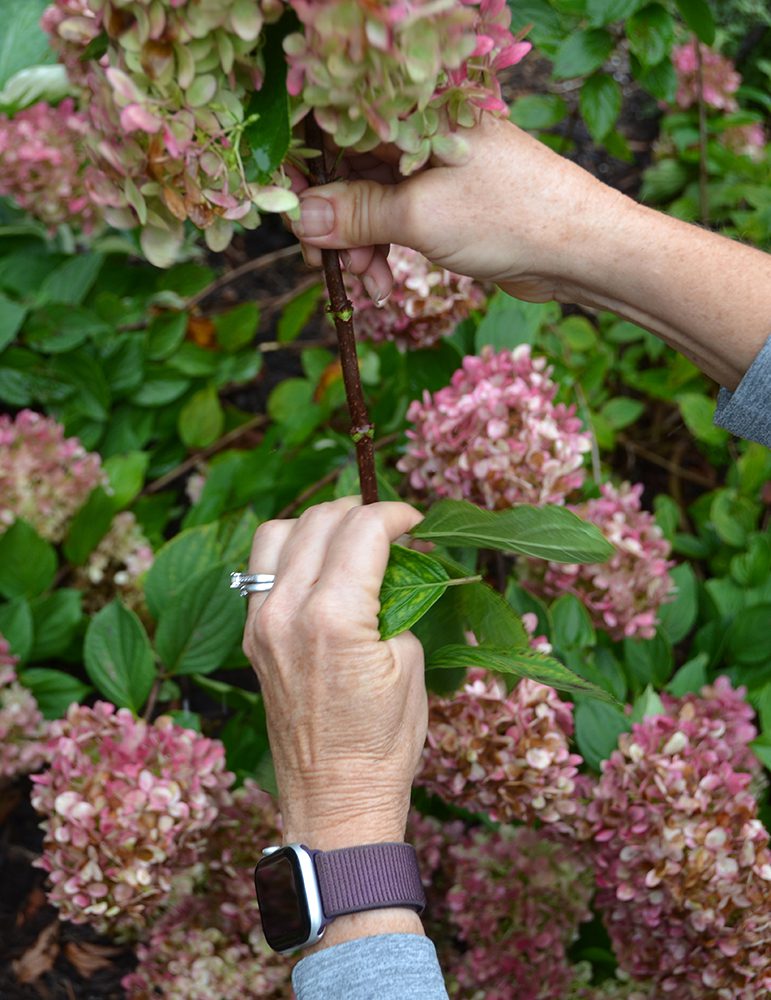
Step 3: Cut the Hydrangea Stems
You may have heard that angled cuts are the best for cut flowers. That’s true, but with one caveat. When cutting hydrangea stems from the shrub, we recommend making a straight cut to minimize the open wound on the plant. You’ll be recutting the stems at an angle in the next step.
With a firm but gentle grip, strip the leaves off of the cut stems. Since they will quickly dry out and become a crumbly mess, there’s no use in saving them. Then, drop the cut stems into your prepared, clean bucket filled about halfway with tap water.

Step 4: Dry the Hydrangea Stems Using the Water Method
Yes, that’s right! Drying hydrangeas involves using water. Unless you have several weeks and the perfect spot to hang and dry your individual hydrangea stems, we recommend using the water method. You’ll see similar results but get to enjoy the flowers in the meantime.
Now, separate the big bunch of flowers you’ve just harvested. It’s important not to crowd them during the drying stage since good air circulation is important for the flowers to dry well and with a nice shape.
For those you’ve cut with long stems, find a tall vase that will help support them as they dry and fill it with one to two inches of water. For shorter stems, a wide bowl with the same amount of water should work. If you’ve cut numerous stems, you’ll need several vases and bowls.

One at a time, take each hydrangea stem out of the bucket and recut the end, but this time at an angle. The angled stem will help it absorb water better. Place it in your vase or bowl. Repeat with the rest of the stems, taking care not to overstuff the vessel with blooms.
Set the vase or bowl where you can enjoy the flowers as they dry over the next couple of weeks, but make sure it’s a spot that is away from direct sunlight. Do not refill the vase with water during that time. An inch or two is all the hydrangeas will need to dry slowly, which should help them retain their color and petals a little better than if you’d used no water at all.
Step 5 (Optional): Spray the Dried Hydrangea Blooms
Once your hydrangea flowers are dry, you could spray them with unscented hairspray. Though this isn’t necessary for petal retention, it can help firm them up a bit if they will be placed in a high traffic or exposed area where people or wind could potentially knock off the petals. Some people also spray dried hydrangea flowers with glitter or paint to make them extra-festive for craft projects.
Speaking of crafts, keep scrolling to view a gallery of project ideas for fall and winter using dried hydrangeas from your landscape.
FALL PROJECT GALLERY
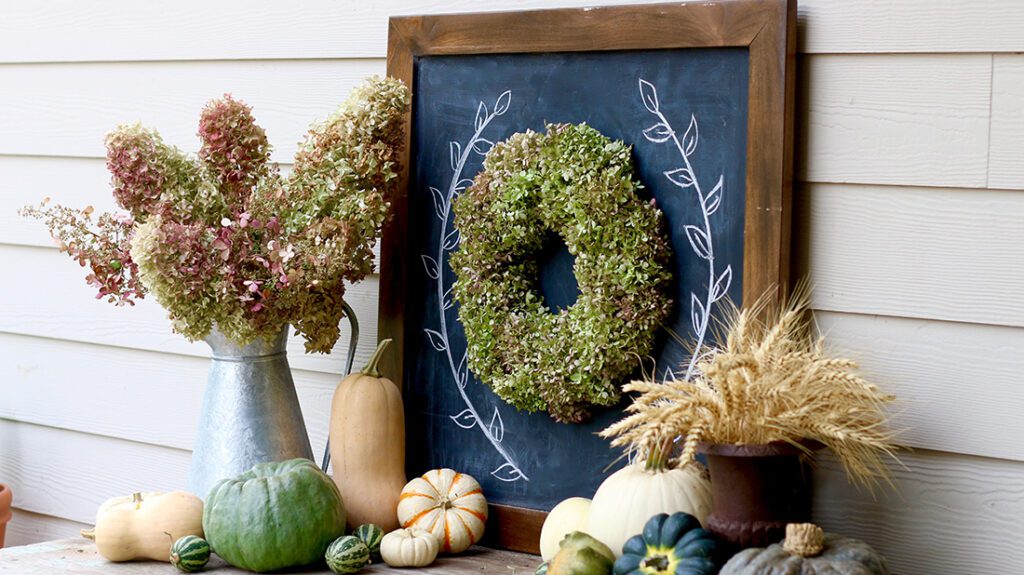
Dried ‘Limelight’ panicle hydrangea stems in vase. Little Lime® panicle hydrangea flowers in wreath. Arrangements by Laura of Garden Answer.
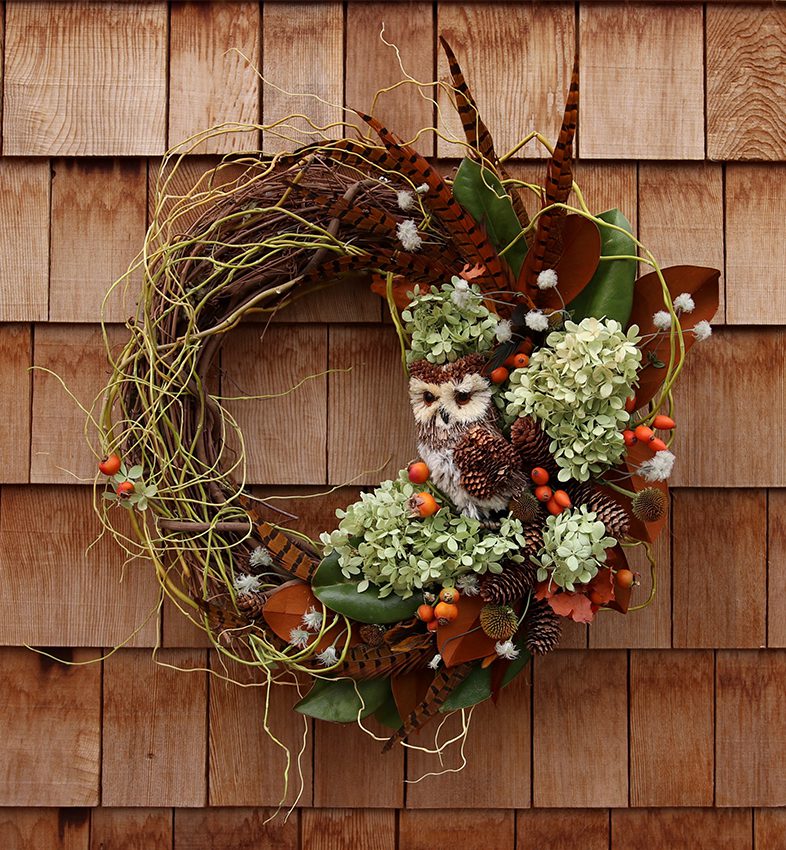
Dried panicle hydrangea flowers used as accents in fall wreath by Laura of Garden Answer.

Dried smooth hydrangea flowers used as accents in a fall porch pot. Arrangement by Mary Ann Beaudry.
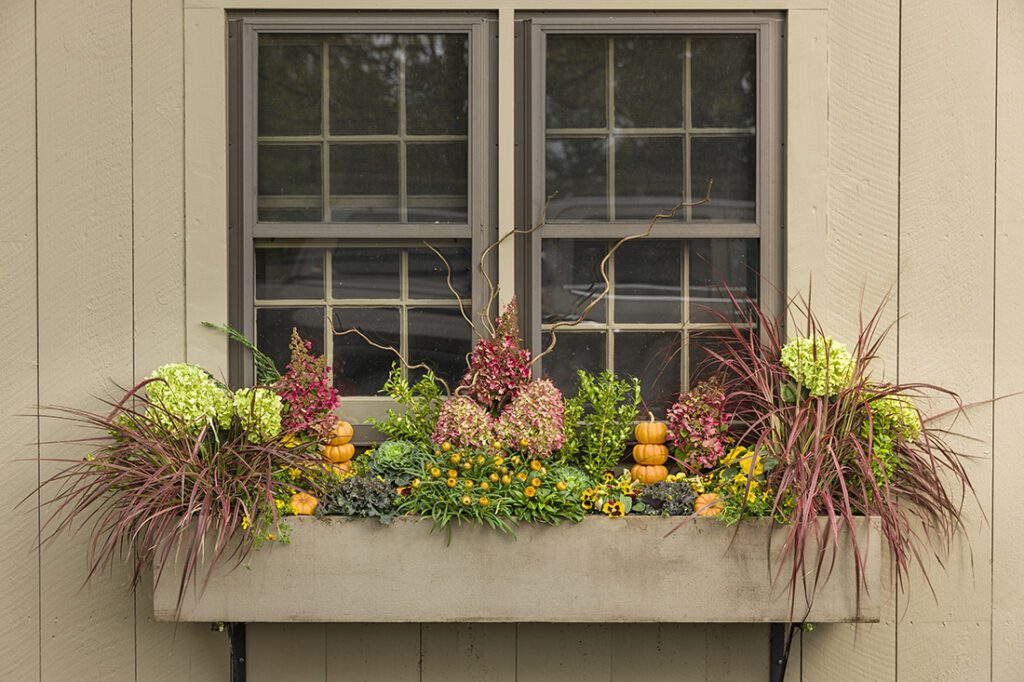
Mix of several types of dried panicle and smooth hydrangea flowers to complement ‘Fireworks’ annual fountain grass in a fall window box. When used this way, the flowers can be cut from the shrub and stuck directly into the moist potting soil. The result will be similar to the water drying method. Arrangement by Proven Winners.
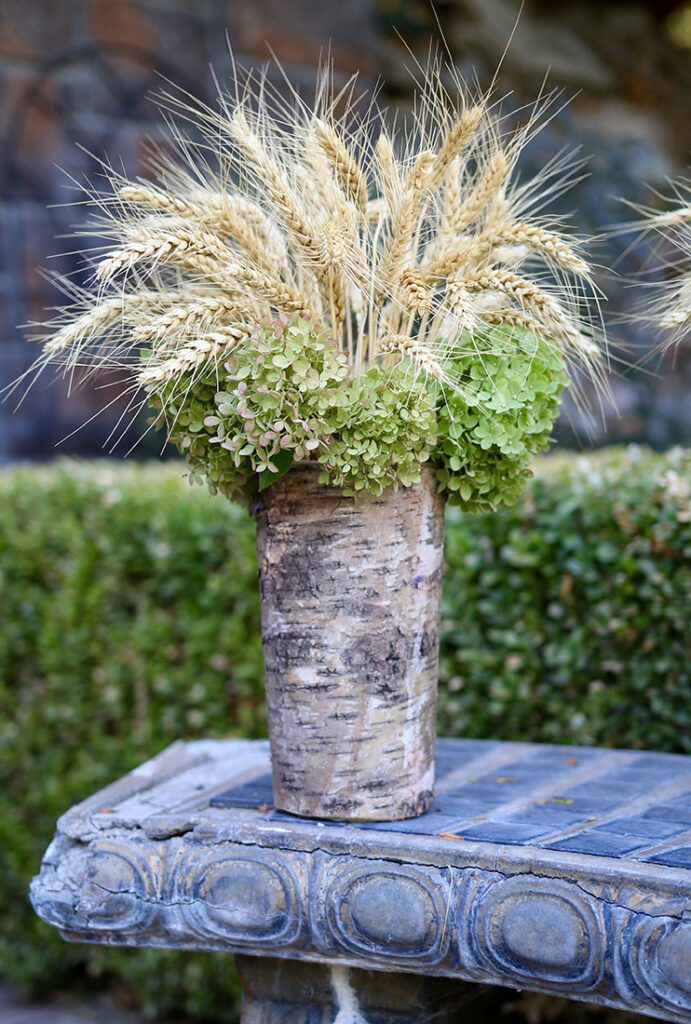
Birch vase used for water drying method using wheat and any small panicle hydrangea variety such as Tiny Quick Fire® or Fire Light Tidbit®. Arrangement by Laura of Garden Answer.
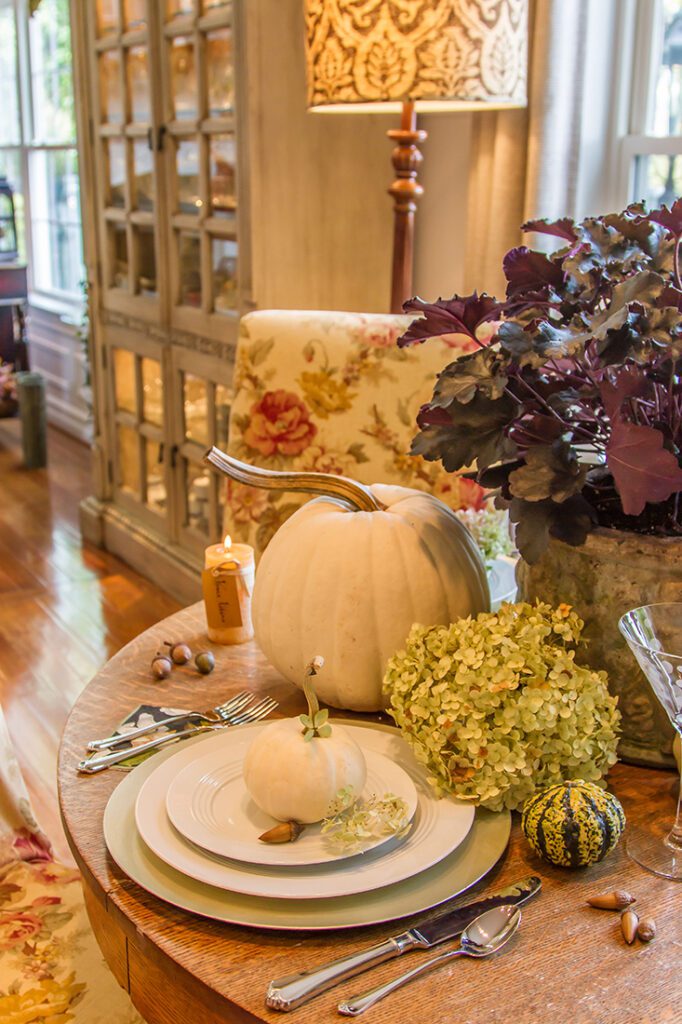
Thanksgiving tablescape by Mary Ann Beaudry using dried smooth hydrangeas and Primo® ‘Black Pearl’ or similar Heuchera.
WINTER PROJECT GALLERY
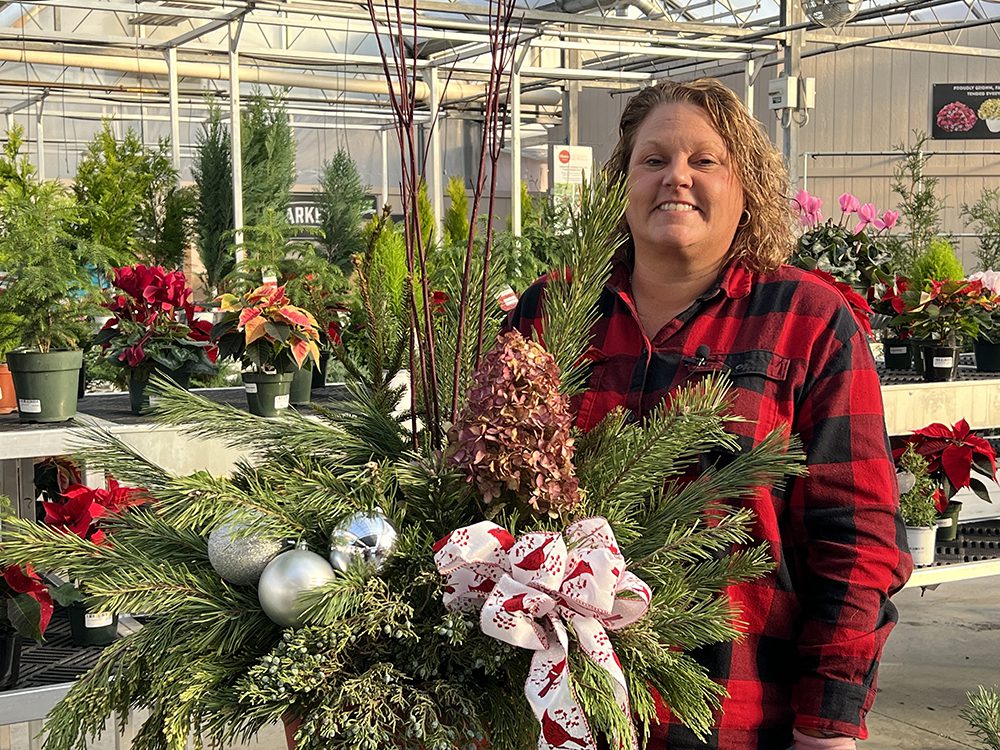
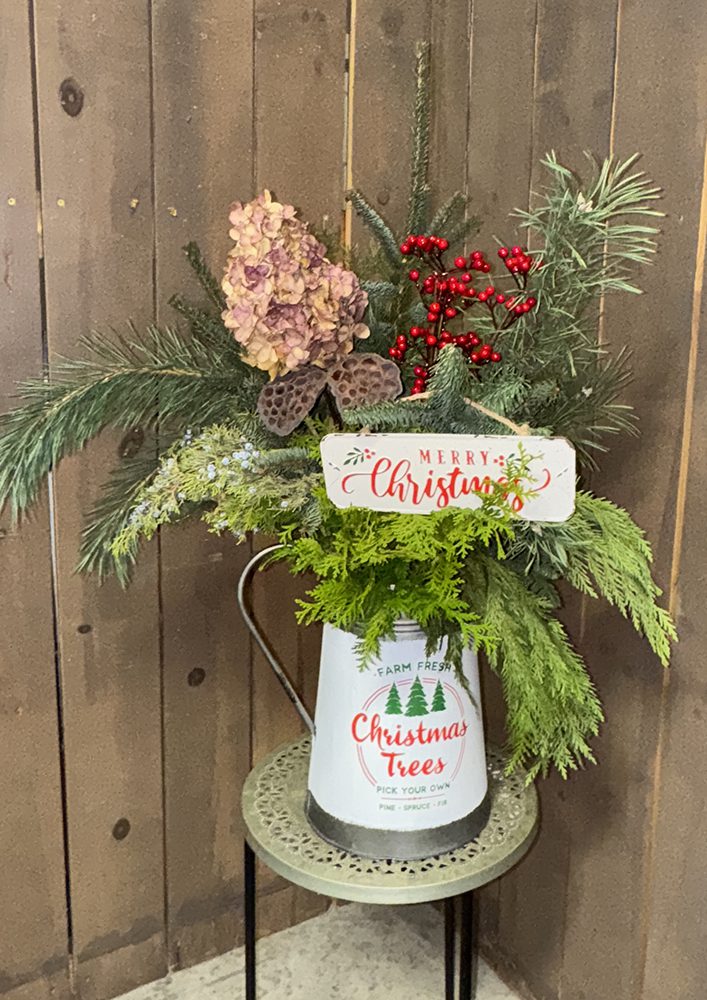
2025 Winter Porch Pots created at Garden Crossings
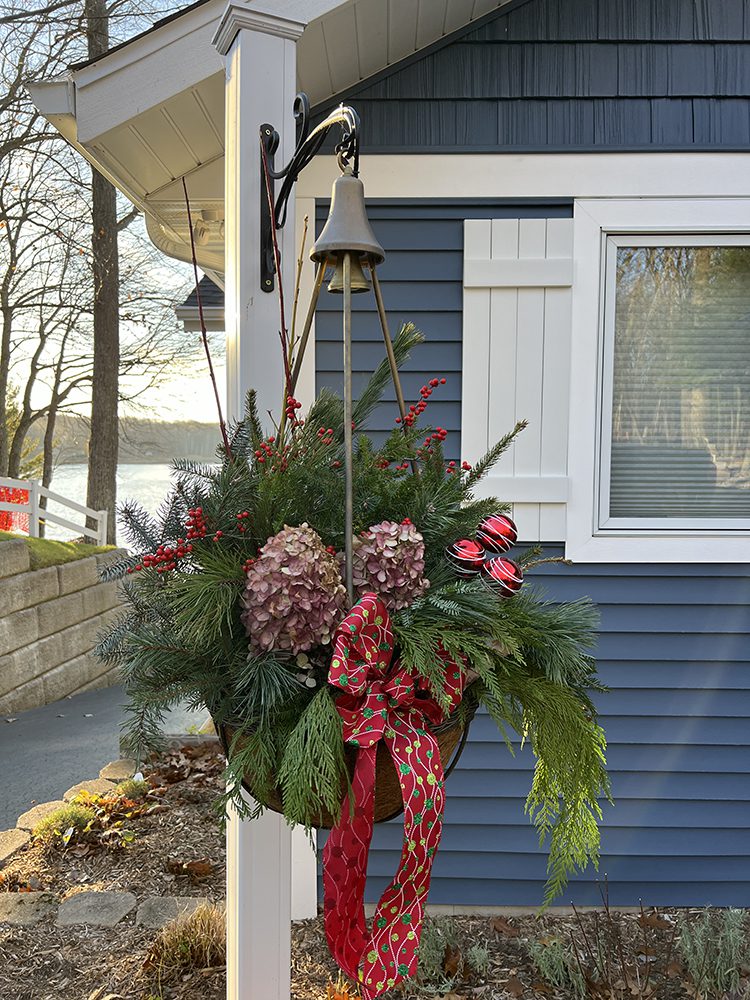
Enjoy your winter arrangement all season long in a self-watering Weekender® hanging basket. Arrangement by Heidi Grasman.

A variety of smooth and panicle hydrangea dried flowers plus Arctic Fire® Red dogwood stems comprise the gorgeous garland and arrangements shown here, crafted by Mary Ann Beaudry.
